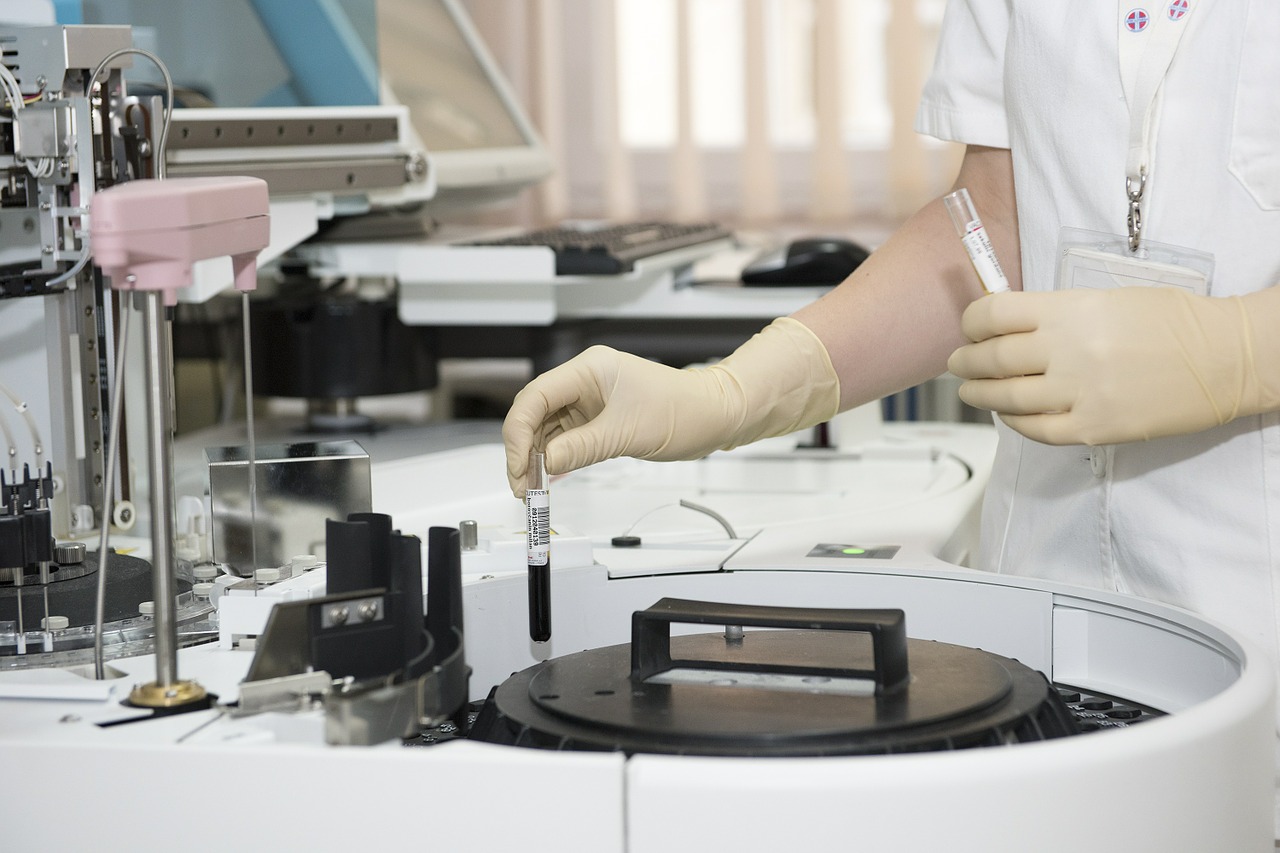- Serie 200 Workstation
- Serie 300 Workstation
- Serie 400 Workstation
- Accesorios
- Incubators
- Fuentes de Luz para Microscopios Stereos
- Mesas
- Gassing
- Warming Plates
- Trolley
- Serie 600 Work Chamber
- Medios de cultivos
- Criopreservacion
- Inseminacion
- Fertilizacion
- Cateter/Agujas
- Equipos
- Medios de cultivos
- Criopreservacion
- Filtros
- Catéter para transferencia de embriones
- Catéter para inseminacion
- Agujas para la recuperación de ovocitos
- Micropipetas
EMBRYOFREEZE™ - EQUIPMED - Tecnología de Vanguardia al Servicio Médico
- home Inicio
- view_quilt Catálogo de productos
- COOPER SURGICAL
- Serie 200 Workstation
- Serie 300 Workstation
- Serie 400 Workstation
- Accesorios
- Incubators
- Fuentes de Luz para Microscopios Stereos
- Mesas
- Gassing
- Warming Plates
- Trolley
- Serie 600 Work Chamber
- Medios de cultivos
- Criopreservacion
- Inseminacion
- Fertilizacion
- Cateter/Agujas
- Equipos
- Medios de cultivos
- Criopreservacion
- Filtros
- Catéter para transferencia de embriones
- Catéter para inseminacion
- Agujas para la recuperación de ovocitos
- Micropipetas
- LANDAU
- CI HEALTHCARE
- PLANER
- AMS® SUPLEMENTOS NUTRICIONALES
- NUNC
- FALCON
- OOSAFE
- REGENLAB
- KITAZATO
- NIDACON
- FERTIPRO
- CRYO BYO SYSTEM
- WELCHALLYN
- ZANDERS
- ELECTRONICS DEVICES
- DYNAREX
- shopping_cart Mi Pedido
- extension Socios
- place Contáctenos
- personIniciar sesión
- desktop_windows Regístrate
